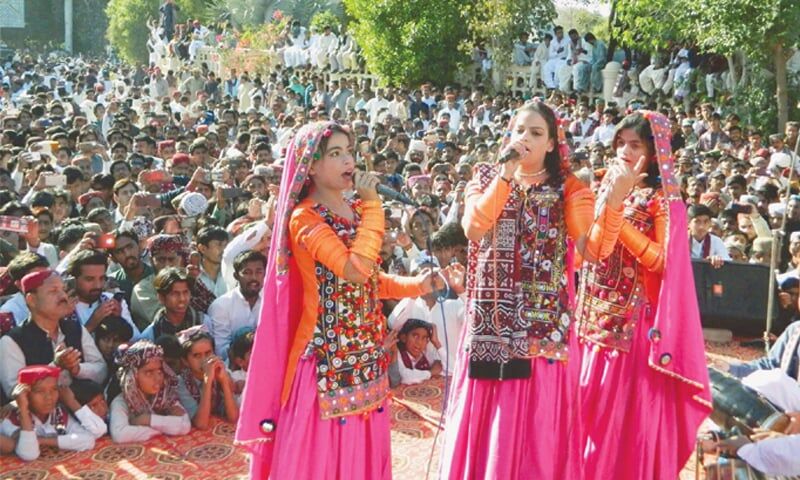Research unveils Indian Sindhis’ unique genetic profile

Hyderabad: Indian Sindhi community has a distinct genetic makeup in contrast to their counterparts in Pakistan according to a study conducted by CSIR- Centre for Cellular and Molecular Biology (CCMB), Hyderabad.
The study was published in the journal Human Genomics on September 30, 2025.
The research, led by Dr. Kumarasamy Thangaraj and Dr. Lomous Kumar, sheds light on the complex history of migration and assimilation of this often-overlooked community.
The study utilized 600,000 DNA markers to analyse the genetic data of the West Coast Sindhi population. The findings conclusively demonstrate the demographic shifts in western India due to multiple migrations spanning from the Iron Age to post-independence.
“We found that the Sindhi population on the west coast of India has a unique genetic makeup, which is different from Pakistani Sindhis,” stated Dr. Kumarasamy Thangaraj, CSIR Bhatnagar Fellow at the Centre for Cellular and Molecular Biology (CCMB), Hyderabad.
East Asian Connection
The research indicates that the Indian Sindhis exhibit genetic affinities toward groups such as the Burusho or Hazara from Pakistan, both of which possess Mongoloid features. Furthermore, the population shows signs of recent genetic assimilation with local populations on the Konkan coast, such as the Konkani.
A surprising finding was the presence of a unique East Asian genetic component in the Indian Sindhis compared to Pakistani Sindhis. This component, according to Dr. Thangaraj, could be due to minor admixtures. These could have occurred either directly from Mongolian migrations, or indirectly through contact with Burusho and Hazara-like groups in present-day Pakistan.
Dr. Lomous Kumar, one of the study’s authors and a postdoctoral researcher at DST-Birbal Sahni Institute of Palaeosciences (BSIP), Lucknow, added, “Our genetic study also found that the Indian Sindhi group has a small, unique genetic component from East Asia that might have incorporated much earlier in the history, likely reflecting imprints of Iron Age or later migrations, possibly Mongols, in their genomes.”
Dr Vinay K Nandicoori, Director, CSIR-Centre for Cellular and Molecular Biology, highlighted the significance of the findings, stating, “These findings conclusively demonstrate the demographic changes and population shifts in western India associated with multiple migrations. Some of these happened as early as the Iron or Middle Ages and some as recent as post-independence.”
This pioneering study not only provides crucial genetic information about the Indian Sindhi community but also offers a template for exploring the genetic history of other small, unexplored communities in India.
Background of Sindhis in India
The Sindhi people are an ethnolinguistic group originally from the Sindh region, which is now a province in Pakistan. The history of Sindhis in present-day India is marked by centuries of migration, though it is inextricably linked to the tumultuous period of the Partition of India in 1947.
Due to the geographical proximity of the Sindh region to Western India (particularly the areas that now constitute Gujarat and Maharashtra), migration between the regions has occurred for centuries. Small communities established themselves over time, forming part of the rich demographic tapestry of the western coast. These earlier migrations, however, were on a smaller scale.
Resettlement and Cultural Identity
The Sindhi refugees were dispersed across India, but significant populations settled in the western states of Maharashtra (especially Mumbai and Ulhasnagar), Gujarat, Rajasthan, and Madhya Pradesh. These communities rapidly rebuilt their lives, establishing successful businesses and becoming prominent in commerce and trade.
The Indian Sindhis, particularly those on the West Coast, have maintained a strong socio-cultural identity while simultaneously integrating with the local populations, such as the Konkani. This local assimilation, as highlighted by the genetic study, has contributed to their distinct socio-cultural and, as now proven, genetic profile compared to the Sindhis who remained in Pakistan. They represent a significant community whose history reflects the complex legacy of ancient migrations and modern geopolitical divisions in South Asia.
Source link

